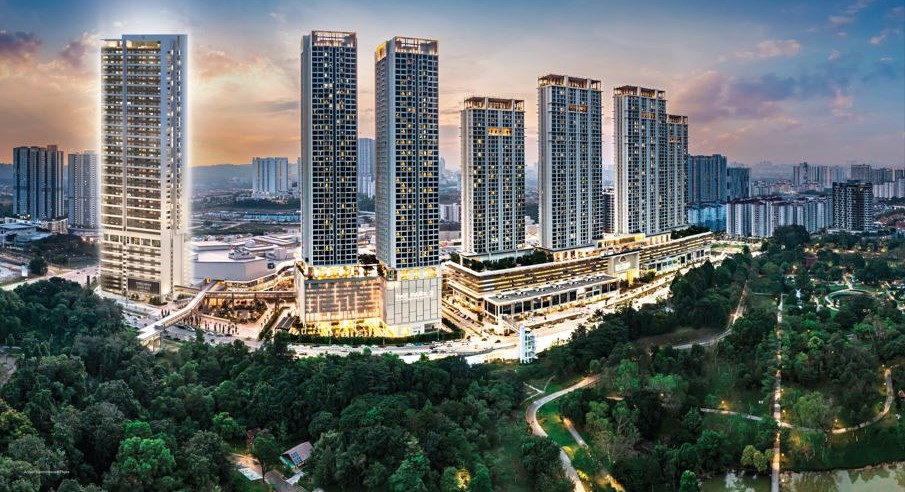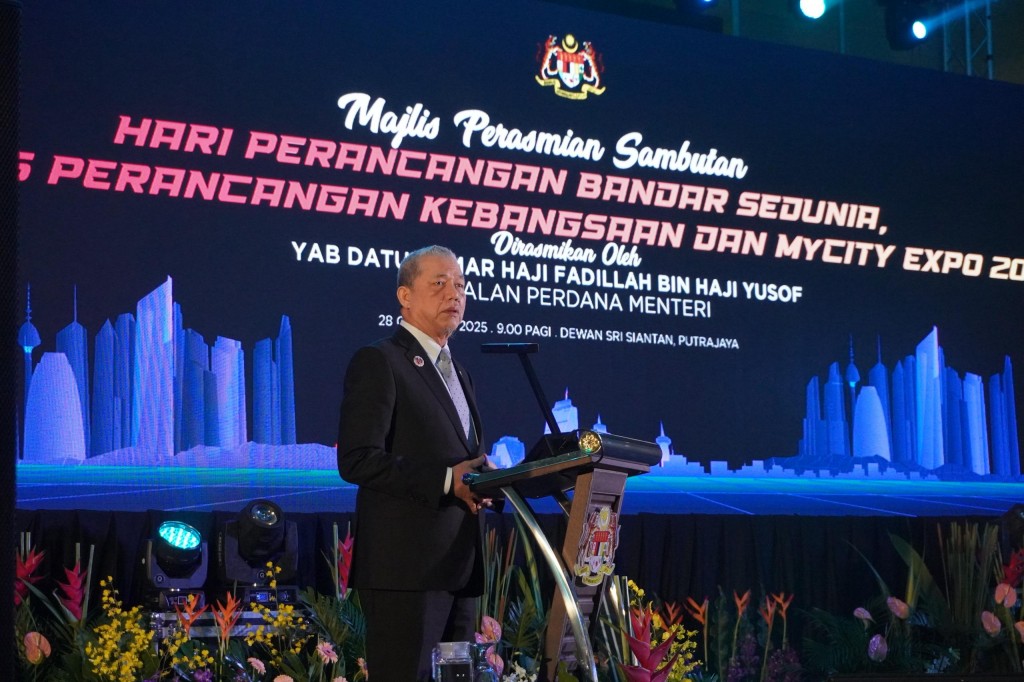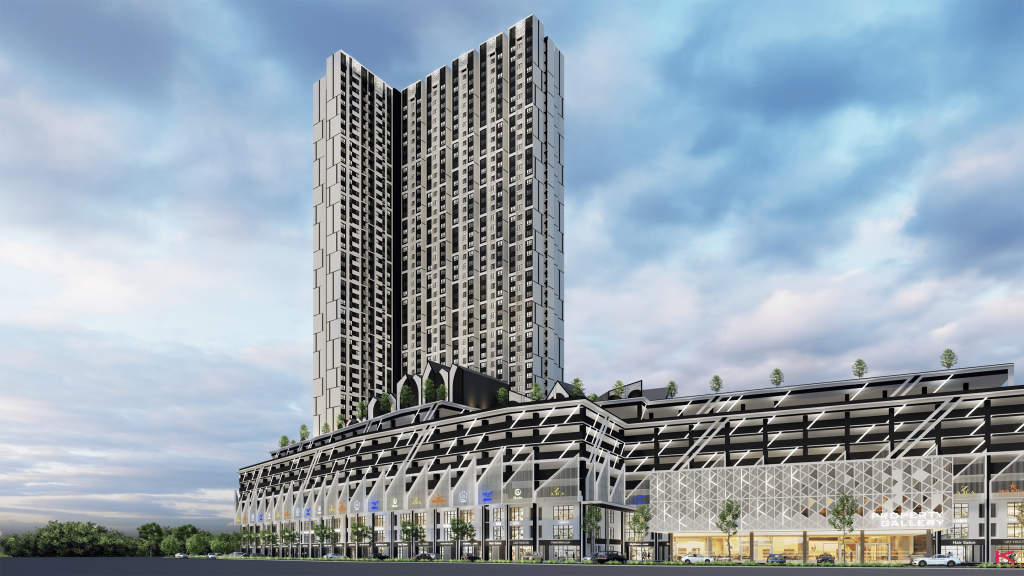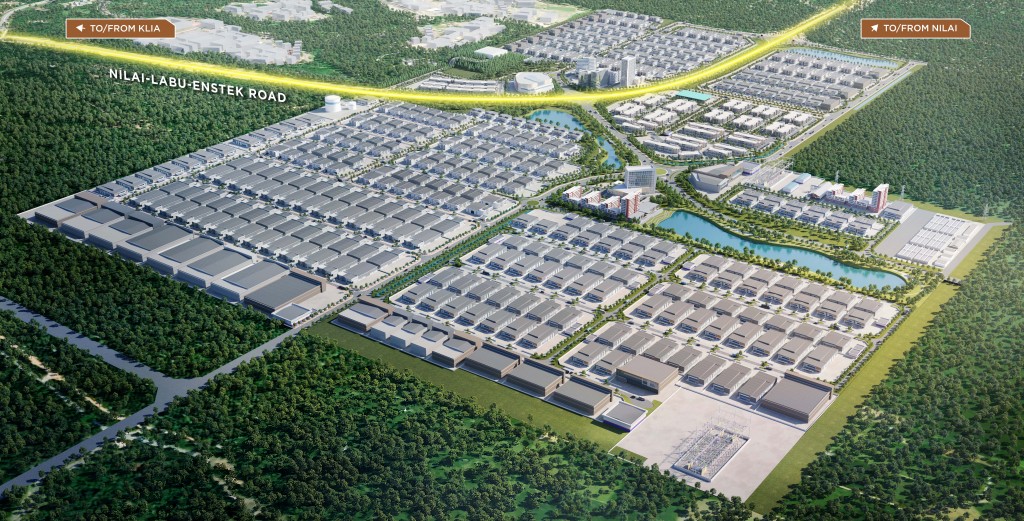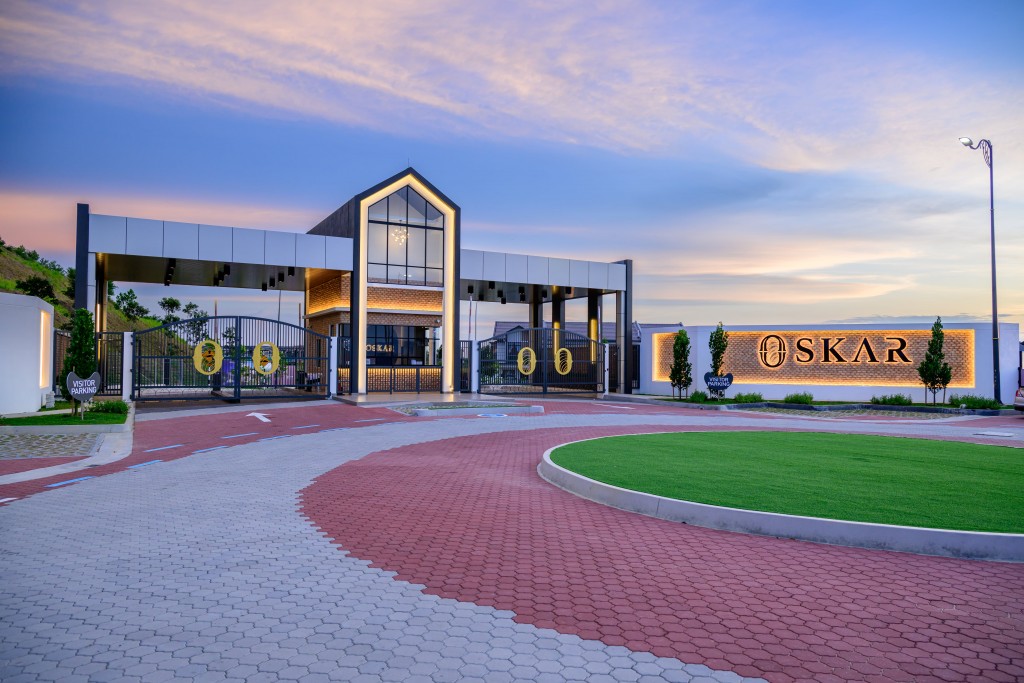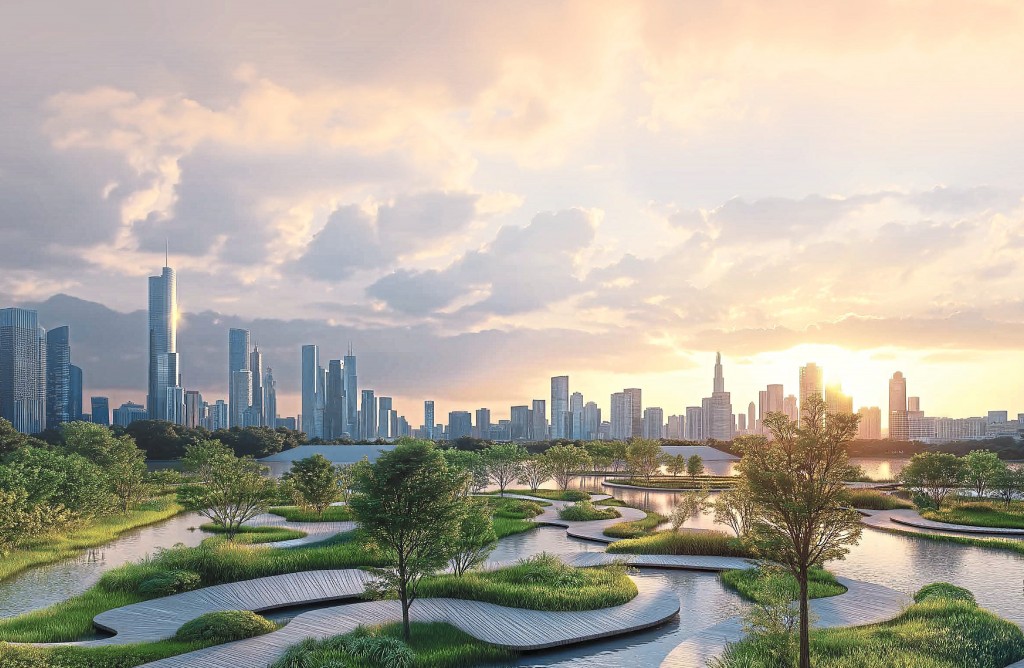
Classified as critically endangered, the Malayan tiger's population has drastically declined to fewer than 150 individuals in the wild, primarily due to habitat loss, poaching and the illegal wildlife trade.
As urban sprawl intensifies, Malaysia's iconic fauna faces irreversible displacement
In the heart of Malaysia, where dense jungles once thrived, a silent tragedy unfolds on our roadways. Each year, as urbanisation creeps further into the wild, the clash between nature and urbanisation results in heartbreaking losses for our wildlife. Picture a majestic Malayan tiger, its stride powerful and graceful, suddenly caught in the unforgiving grip of speeding vehicles that further contribute to its critically endangered status. Alongside it, gentle giants like the endangered Asian and Bornean elephants, once roaming freely, now find their paths obstructed by the concrete and asphalt of developments.
As Malaysia struggles to balance the complexities of development, it is imperative to ask ourselves at what cost are we willing to sacrifice the lives of animals with no voices? The statistics are staggering and the need for action has never been more urgent.
In a statement by the Natural Resources and Environmental Sustainability Ministry (NRES), a total of 2,361 wild animals have met their unfortunate ends after being driven out onto Malaysian roads since 2020. This alarming figure highlights a critical environmental challenge. Of these, Pahang had the highest recorded number of animal deaths on roads with 765, followed by Perak with 478, Terengganu with 201 and Negri Sembilan standing at 187.
However, this tragic reality requires a deeper look into its contributing factors. Why are animals essentially choosing the open danger of a foreign gravel road compared to the sanctuary of their own leafy homes? The usual answers include widespread deforestation and logging, the unchecked construction of townships and commercial developments leading to short supplies of sustenance like food and water, migration purposes, agricultural expansion and disruptive noises such as those from construction and traffic. Most of these can be directly attributed to human activity and a rapidly developing landscape.
Despite the government conducting a range of initiatives to curb wildlife deaths on roads, among which includes an allocation of RM250mil for 2025 to enable state governments to increase forest reserve areas and sanctuaries, the number of roadkills is unfortunately expected to rise. This is largely due to the accelerated pace of development, ongoing habitat fragmentation and the inherent challenges in enforcing existing environmental regulations effectively across such a vast and diverse landscape.
The National Policy on Biological Diversity 2022 to 2030
The abovementioned policy revolves around the proper incorporation of biodiversity conservation principles into various sectors, including infrastructure, business and industry. One standout strategy here is biodiversity mainstreaming, which is all about integrating biodiversity concerns into sector and development goals. Wildlife corridors are often touted as a fantastic solution, yet it is not yet mandated by law. Thankfully, there is a growing buzz about their significance in supporting biodiversity conservation and ensuring that wildlife can move freely in new developments. Mandating their inclusion in development plans is a crucial next step.
When it comes to sustainable development, linear infrastructure projects should definitely incorporate measures to avoid, minimise and mitigate issues like habitat fragmentation and wildlife roadkills. These steps should be baked into the planning phase to protect biodiversity and allow animals to navigate their habitats safely. By keeping these considerations front and centre, the ecosystems are not just safeguarded but wildlife resilience is too, preventing irreversible damage to Malaysia's natural heritage.
In addition, there are news reports on aquatic pollution from overdevelopment as well. During the planning and construction of dams and river engineering works, it should be inherent for professionals to pinpoint potential spillover points and ecological impacts. These large-scale projects require meticulous consideration and robust environmental safeguards.
Aquatic pollution in Malaysia is significantly impacted by rapid development, particularly through increased waste generation and runoff from urban and agricultural areas. Urbanisation and industrial activities lead to the discharge of untreated sewage, industrial effluent and polluted urban runoff into waterways. Agricultural activities contribute to pollutants like fertilisers, pesticides and animal waste. This pollution degrades water quality, affects aquatic ecosystems and poses risks to human health, threatening not only biodiversity but also human well-being.
The government also discourages developers from clearing important terrestrial habitats or disrupting critical lake and coastal ecological functions. By choosing locations for renewable energy projects that steer clear of sensitive habitats, Malaysia can power up its energy needs without throwing biodiversity under the bus.
Lastly, it is essential to site township and commercial developments away from important biodiversity areas. This strategy does wonders because not only does it prevent the conversion of beautiful natural spaces into urban jungles but it also safeguards the already fragile relationship between urban development and the great outdoors. By ensuring industrial projects are located well away from water catchments, forest reserves and other vital biodiversity zones, habitat loss and degradation will see significant reductions.

More and more monkeys are displaced in urban areas, facing the risk of starvation and injury from vehicles or human conflict.
Valuations and feasibility studies in development plans
To enhance biodiversity considerations in development planning and protect ecosystems and their vital services, it is essential to integrate biodiversity risk valuation into feasibility studies and preliminary screening processes. This aims to properly identify any potential threats to biodiversity from proposed developments using a systematic approach, thereby guiding informed decision-making. By understanding the ecological impacts early in the planning phase, those in charge can make more responsible choices that prioritise environmental health alongside economic development.
Next, Malaysia has what is called the environmental impact assessment (EIA) review process. By perhaps revising and enhancing the EIA framework, it pushes for a more thorough and rigorous evaluation of ecological and biodiversity impacts, particularly at the state level. This increased scrutiny is crucial for identifying and mitigating potential adverse effects on biodiversity, ultimately leading to projects that align more closely with sustainability goals.
Additionally, increasing post-EIA monitoring and enforcement is vital to protect biodiversity during the construction phase. Enhanced monitoring will ensure that environmental mitigation measures are effectively implemented and adhered to, minimising the risks posed to local ecosystems. Proactive enforcement of these measures will hold developers accountable and reinforce the importance of biodiversity preservation.
Adopting No Net Loss principles
The concept of No Net Loss (NNL) of biodiversity, or even Net Gain, is increasingly recognised as a crucial strategy for mitigating the impacts of development and infrastructure projects on natural habitats. Over 100 countries have implemented some form of biodiversity compensation or offsetting policies, often integrated into EIA frameworks.
Currently, more than 80 countries have established NNL or offset policies, typically linked to EIA regulations. Additionally, 69 governments are actively developing laws and policies related to the mitigation hierarchy that encompass biodiversity offsets, demonstrating a growing trend in this area.
Importantly, NNL is not only a regulatory requirement but is also embraced as a voluntary goal by some companies and organisations, even in the absence of legal mandates. Moreover, multilateral development organisations and financial institutions, including the World Bank and the International Finance Corporation, have established policies that require NNL or a Net Gain in biodiversity for the projects they finance, further emphasising the significance of this approach on a global scale. Malaysia has yet to incorporate NNL and net Gain.

Many Asian elephants are already under serious threat of extinction in their native countries and those in Borneo are especially at risk.
(picture for story slug kkrbridge160117)
Readying for the boom
Reports suggest that significant global infrastructure booms are on the horizon, predicting over RM254 trillion in infrastructure spending between 2019 and 2040. This surge is expected to lead to a rapid expansion of built infrastructure networks. Between 2000 and 2030, an estimated additional 1.2 million km of land will be urbanised, reflecting a remarkable 185% increase.
Looking further ahead to 2050, the global road network is anticipated to grow by an additional 3 to 4.7 million km, marking an increase of 22% to 34%. Additionally, the ongoing Chinese Belt and Road Initiative is poised to connect 65 countries, encompassing two-thirds of the global population while overlapping with 1,700 conservation sites.
The pressing need to address the impact of urbanisation on Malaysia’s wildlife is clear. As the nation moves forward with development, it becomes essential to nurture a relationship that balances human progress with environmental preservation. Implementing comprehensive policies, enhancing wildlife corridors and prioritising conservation across all sectors stand as vital measures in the effort to safeguard the country’s natural heritage. By taking these steps, not only will diverse species be protected but a sustainable future for generations to come will also be ensured. Ultimately, it is the collective responsibility of society to advocate for the voiceless, promoting a balance that respects both nature and urban development.
Stay ahead of the crowd and enjoy fresh insights on real estate, property development and lifestyle trends when you subscribe to our newsletter and follow us on social media.





